10 Best Routes in France
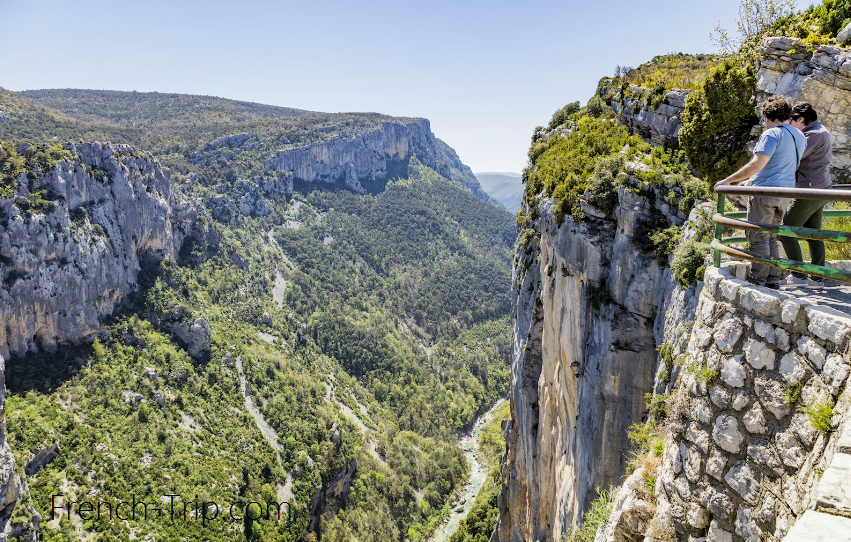
Embark on a captivating journey through France with our selection of the “10 Best Routes in France.” Each of these routes offers a unique and immersive experience, showcasing the rich tapestry of French culture, history, and natural beauty. From the enchanting streets of Paris to the sun-kissed vineyards of Bordeaux, or the picturesque villages of Provence, these routes will take you on an unforgettable adventure, allowing you to savor the essence of France from diverse perspectives. Whether you’re a history enthusiast, a foodie seeking culinary delights, or a nature lover in search of breathtaking landscapes, there’s a perfect route waiting for you to discover in this remarkable country.
1. Route des Crêtes — Gorges du Verdon (Provence-Alpes-Côte d’Azur)
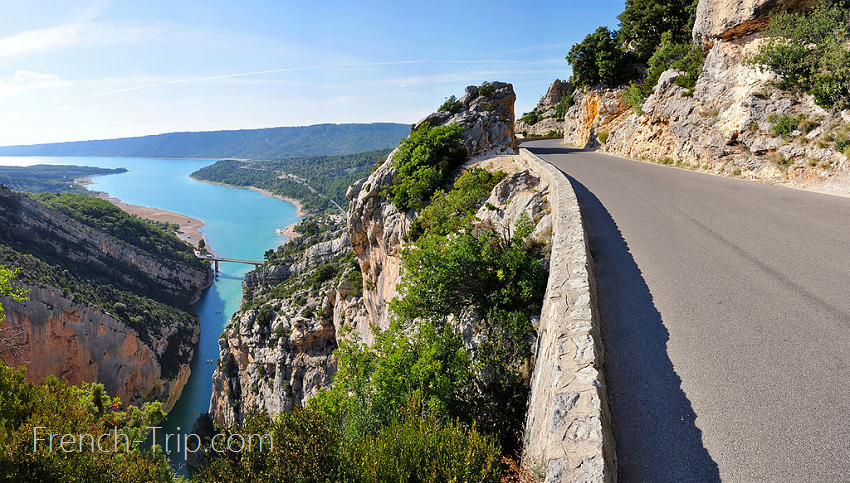
Explore the breathtaking 24-kilometer Route des Crêtes along the Verdon Gorge, leading you through the ridges of France’s Grand Canyon. With 14 belvederes, this route unveils the mystical beauty of the Verdon and offers unforgettable panoramic views of the Grand Canyon.
The Route des Crêtes is perfect for a car, motorcycle, or bicycle journey. Plan for a route that can take anywhere from one and a half to three hours, allowing you to make stops along the way and marvel at the landscapes from belvederes like “Carelle,” “l’Escalès,” “la Dent d’Aire,” or “Guègues.” At times, you’ll be walking along a 700-meter-high cliff! The route commences 800 meters from the village of La Palud sur Verdon and heads east along the D23 road.
2. Route des Crêtes — Cassis — La Ciotat
In Provence, there is another mountain route known as the Route des Crêtes, which runs along the rugged coastline between the towns of Cassis and La Ciotat. This route was opened in 1964, and numerous viewpoints were established along the road that hugs the coastline. On a clear day, you can enjoy views not only of the La Ciotat Bay and the Calanques massif but also of the chain of islands off the coast of Marseille. Along the route, you’ll also have the chance to admire the oddly shaped rock formations, such as the natural bridge known as “Le Pont Naturel,” formed by soil erosion.
Please note that the Route des Crêtes may be closed during adverse weather conditions. It’s essential to check its status: orange indicates the route is open, red means it can only be accessed in the morning, and black signifies that the road is closed.

3. Route Richard Cœur-de-Lion (Charente, Haute-Vienne, Dordogne, Corrèze)
The historical accuracy of Richard the Lionheart’s linear route through Limousin is improbable, although the king did wage war here for five years until he was fatally wounded by a crossbow bolt to the neck on March 26, 1199, during the siege of Château de Châlus-Chabrol. Richard the Lionheart passed away on April 6 from blood infection in the presence of his 77-year-old mother, Eleanor. He was buried in the Fontevraud Abbey in France, alongside his father. However, despite the historical inaccuracy, the route Richard Cœur-de-Lion will take you past many architectural landmarks of that era. Stretching over 180 km, it connects Chassenon (Charente) and Lubersac (Corrèze) along the D901 road. The route crosses four departments and features 19 attractions open to the public, including churches, monasteries, and significant medieval castles like Montbrun and Jumilhac-le-Grand.
In August, you can visit the biennial Un Rando-Festival along this route.
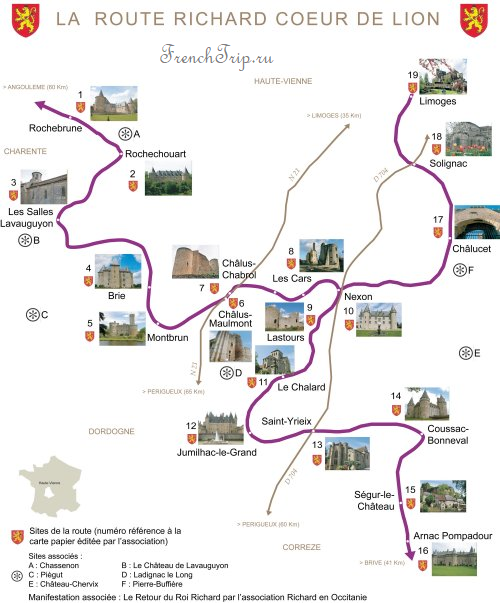
4. Route Napoléon (Isère, Hautes-Alpes, Alpes-de-Haute-Provence, Alpes-Maritimes)
The historical Route Napoléon naturally follows the path taken by Napoleon Bonaparte upon his return from the island of Elba in 1814. Planning to reclaim his empire, Napoleon landed in Golfe-Juan Bay and headed towards Lyon through the mountains. Between Golfe-Juan and Grenoble, he traversed part of the route on mules, which is now the national road RN85, named in honor of the French emperor. This is an excellent route for enthusiasts of scenic roads, passing through the towns of Cannes, Grasse, Castellane, Digne, and Gap.
La Route Napoléon has a length of 337 km (www.routenapoleon.fr).

5. Route Jacques-Cœur (Cher)
Established in 1954, this tourist route is one of the oldest in France. Initially known as the “circuit des châteaux du cœur de la France” (circuit of the castles in the heart of France), the route Jacques-Cœur now comprises 16 magnificent attractions, including Château d’Ainay-le-Vieil, the Jacques-Cœur Palace in Bourges, the town of Sancerre, and the Cistercian abbey in Noirlac. It’s a delightful journey following in the footsteps of the renowned merchant and chief financial officer of King Charles VII. The trip will allow you to admire the landscapes of the former province of Berry, the reserves of Pays-Fort, Sologne, and Giennois.
The route Jacques-Cœur traverses the Cher department and spans a length of 180 km.
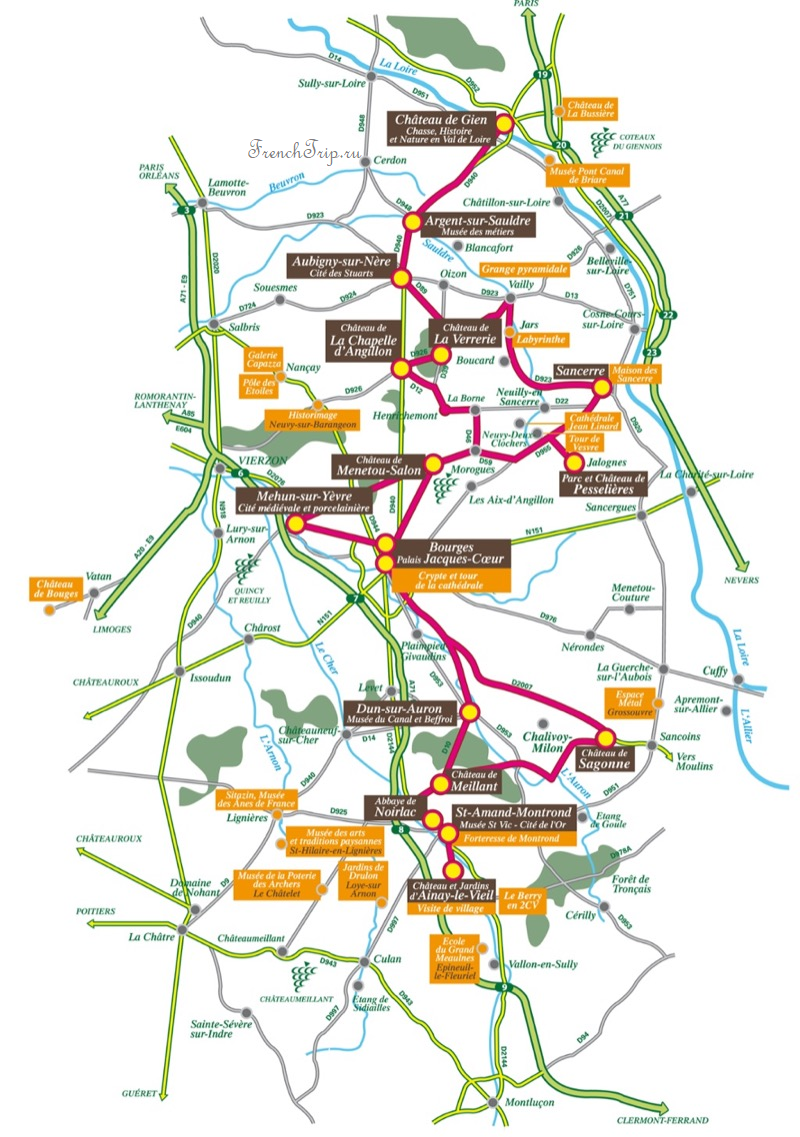
6. Route des Grandes Alpes
If you have a passion for traveling amidst untouched landscapes by bicycle, motorcycle, or car, you’ll be enamored by the route des Grandes Alpes. This route is unique not only for its history, being one of the first tourist routes in France, established in 1937, but also for its geography. It stretches from the town of Thonon-les-Bains to Menton, connecting Lake Geneva to the Mediterranean Sea. The route traverses 16 mountain passes (with 6 of them exceeding 2,000 meters in altitude) and natural parks including Vanoise, Écrins, Queyras, and Mercantour.
The route spans a distance of 684 km on the road, running from Thonon-les-Bains to Menton, and is typically open from June to October (some passes may be closed during the winter months).
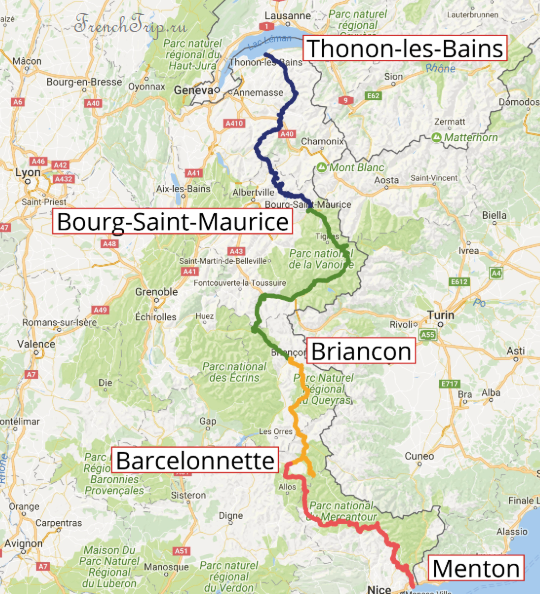
7. Chemin Stevenson (Lozère, Gard)
In September 1878, the Scottish writer Robert Louis Stevenson, renowned for “Treasure Island,” embarked on a journey through Velay, Gévaudan, across the Lozère mountains to the Cévennes National Park. Over the course of 12 days, he covered 220 km in the company of his trusty donkey, Modestine. To escape his troubles, the writer set out in search of the “Camisard” spirit. He later published humorous and adventurous stories of his journey in 1879. On the centenary of his expedition, a tourist trail was established, which is now integrated into the network of similar routes across France known as GR®.
The chemin Stevenson route spans 220 km, passing through 4 departments, along the GR®70 trail.
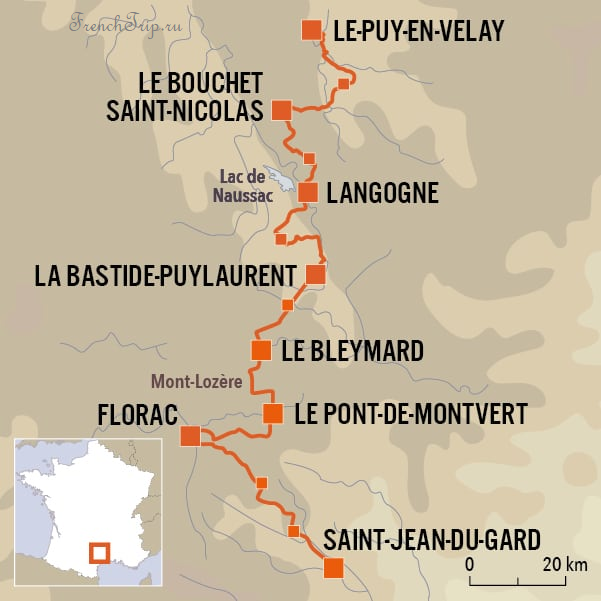
8. Route des ducs de Savoie (Savoie, Haute-Savoie)
Consisting of 12 stages, the Route des Ducs de Savoie immerses you in the history of two departments. From the Château de Thonon-les-Bains to the Château d’Avressieux, passing through Annecy, Chambéry, Menthon-Saint-Bernard, and the medieval town of Conflans, you will journey through the lands of princes, dukes, and counts who shaped Savoy. This dynasty, with roots dating back to the 10th century, has left behind a magnificent legacy.
To complete the entire route, you will need a minimum of 4 days, with stops in Annecy, Chambéry, and Conflans.
9. Route des Crêtes (Alsace)
A hiking trail segment (GR®5) spanning 80 km, the Route des Crêtes, extends through the Ballons des Vosges National Park. Along this route, you’ll encounter magnificent mountain views from the col du Bonhomme in the north to the col Amic and Cernay peaks in the south. The trail passes through the Grand Ballon (1,424 m), the highest peak in the Vosges mountain range, across the Gazon du Faing, with its protected pastures and peat bogs, and alongside the stunning Hohneck. It also leads past Lake Schiessrothried, near the only high-altitude botanical garden in France, le Haut-Chitelet (on the Lorraine side).
It’s best to hike this route in June or July when the arnica is in bloom. (www.parc-ballons-vosges.fr).
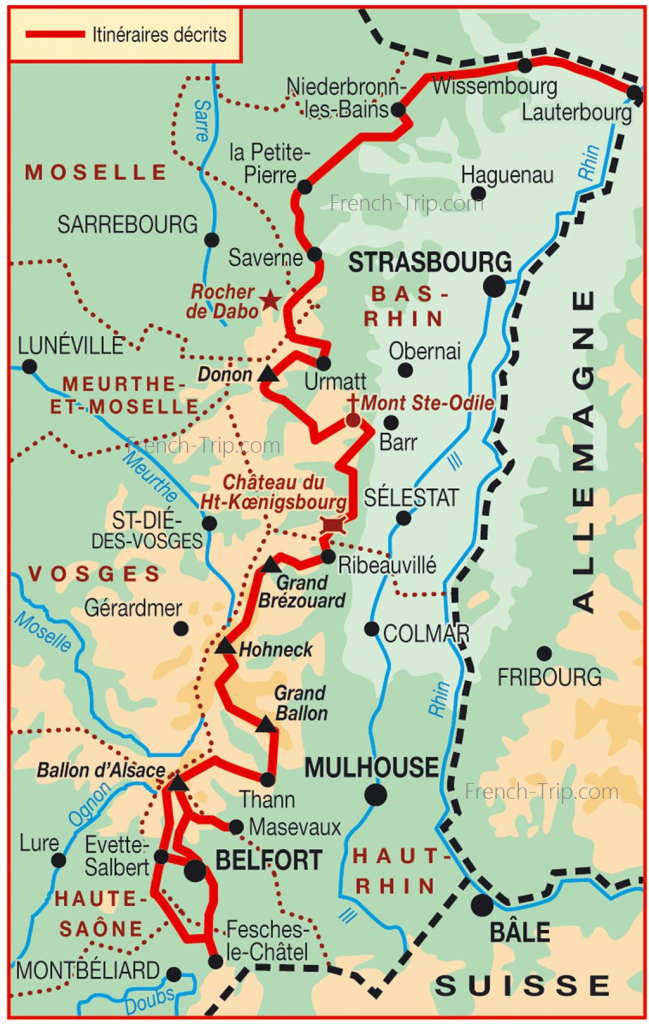
10. Chemin de Saint-Jacques
The Pilgrimage Route to Santiago de Compostela is the largest network of pilgrim routes crisscrossing Europe, leading from France to the Spanish city of Santiago de Compostela, often referred to as the “Christian Mecca.” Due to its historical significance and extensive network, it played a crucial role in the dissemination of cultural achievements during the Middle Ages. This route is recognized as a UNESCO World Heritage Site.

In France, there were four main routes converging towards the mountain passes through the Pyrenees:
- Via Tolosana: Starting in the east, it passed through places like Saint-Gilles, Saint-Guilhem-le-Désert, and Toulouse.
- Via Podensis: Running almost parallel to the Via Tolosana, it began in Le Puy and went through Conques and Moissac.
- Via Lemovicensis: Originating in Vézelay, it passed through Limoges and Périgueux before joining the Via Podensis in Roncesvalles.
- Via Turonensis: Starting from the English Channel, it went through Tours, Poitiers, Saintes, and Bordeaux.
These routes have played a vital role in the history of pilgrimage and continue to attract travelers from around the world.
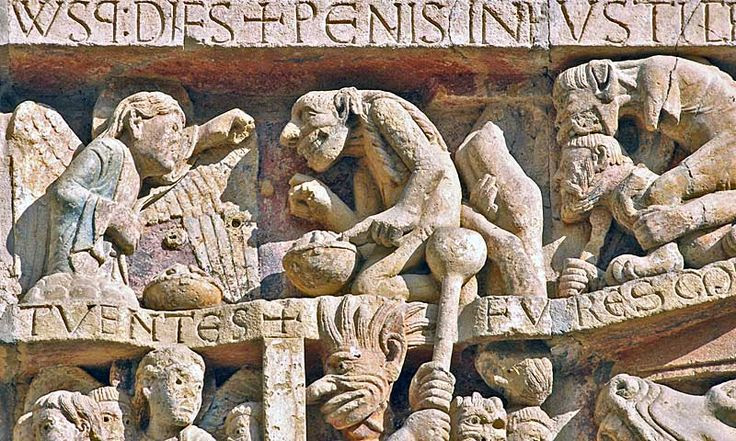
Via Tolosana
Unlike other Saint James’s Way routes, the Via Tolosana has a much older history as it was originally a Roman road. In the region of Languedoc, it was known as the Domitienne, and between Toulouse and Auch, it was referred to as the via Agrippa. What sets this route apart is that it does not cross the Pyrenees at the col de Roncevaux like most other paths, but instead passes through the col du Somport near Béarn. The name “Via Tolosana” emerged when Toulouse became a significant stop for pilgrims on their way to pay homage to Saint Saturnin, the first bishop of Toulouse, in the city’s cathedral.
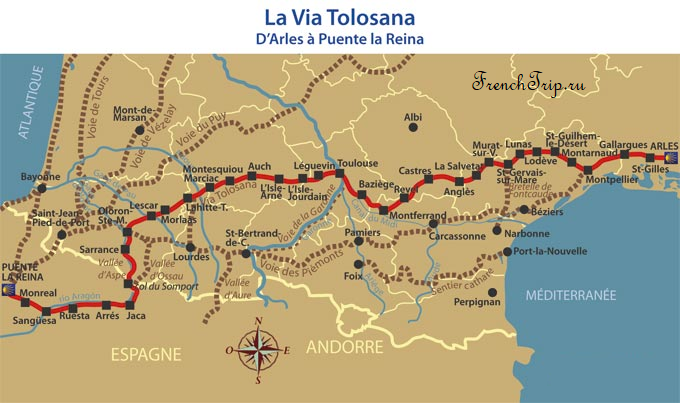
Via Podiensis and via Arverna
Starting from Le Puy-en-Velay, the route via Podiensis (commonly known as GR®65) offers pilgrims the chance to earn an indulgence after covering 1600 km. Along the way, you’ll have the opportunity to admire Monistrol d’Allier, a picturesque valley along the river of the same name, as well as the Rochegude foothills – be sure not to miss the local chapel with its stunning view. The lesser-known and less crowded route, via Arverna, begins in the regional capital of Auvergne, Clermont-Ferrand, traverses the wild Cantal mountains, and eventually joins up with via Podiensis in the city of Cahors.
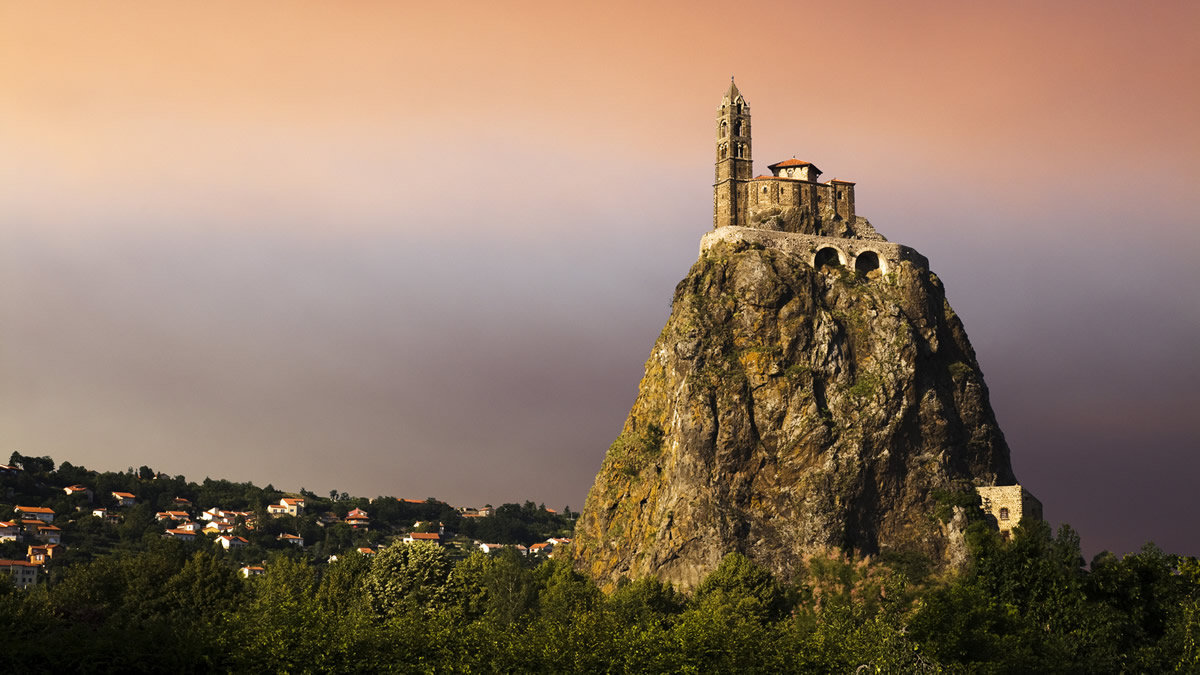
Voie de Vézelay
Vézelay is one of the four starting points for the Camino de Santiago pilgrimage route in France. Before you embark on your journey, keep in mind that a remarkable 900 km (32 to 40 days of walking) separate the magnificent Basilica of Sainte-Marie-Madeleine from Saint-Jean-Pied-de-Port – where three historical routes to Santiago converge. After passing through Burgundy, you’ll cross through the regions of Centre and Limousin before reaching the southernmost part of Aquitaine, yet you’re still not in Spain. Bourges, Saint-Léonard-de-Noblat, Périgueux… so many stages await you along the way, unless you choose a different route.

Archives
Calendar
| M | T | W | T | F | S | S |
|---|---|---|---|---|---|---|
| 1 | 2 | 3 | 4 | 5 | 6 | 7 |
| 8 | 9 | 10 | 11 | 12 | 13 | 14 |
| 15 | 16 | 17 | 18 | 19 | 20 | 21 |
| 22 | 23 | 24 | 25 | 26 | 27 | 28 |
| 29 | 30 | 31 | ||||